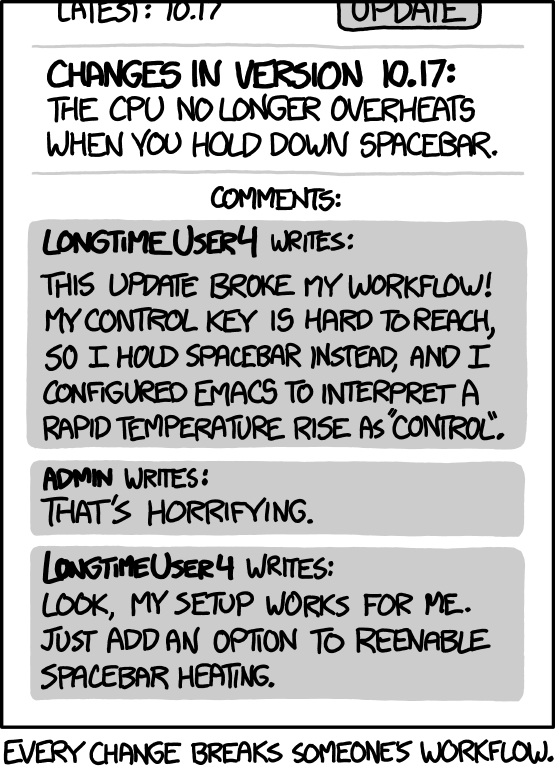Phoronix: Fedora 37 Gets A Batch Of New Features Approved
The Fedora Engineering and Steering Committee (FESCo) has approved a fresh batch of features for the next Fedora Linux distribution release...
The Fedora Engineering and Steering Committee (FESCo) has approved a fresh batch of features for the next Fedora Linux distribution release...




Comment